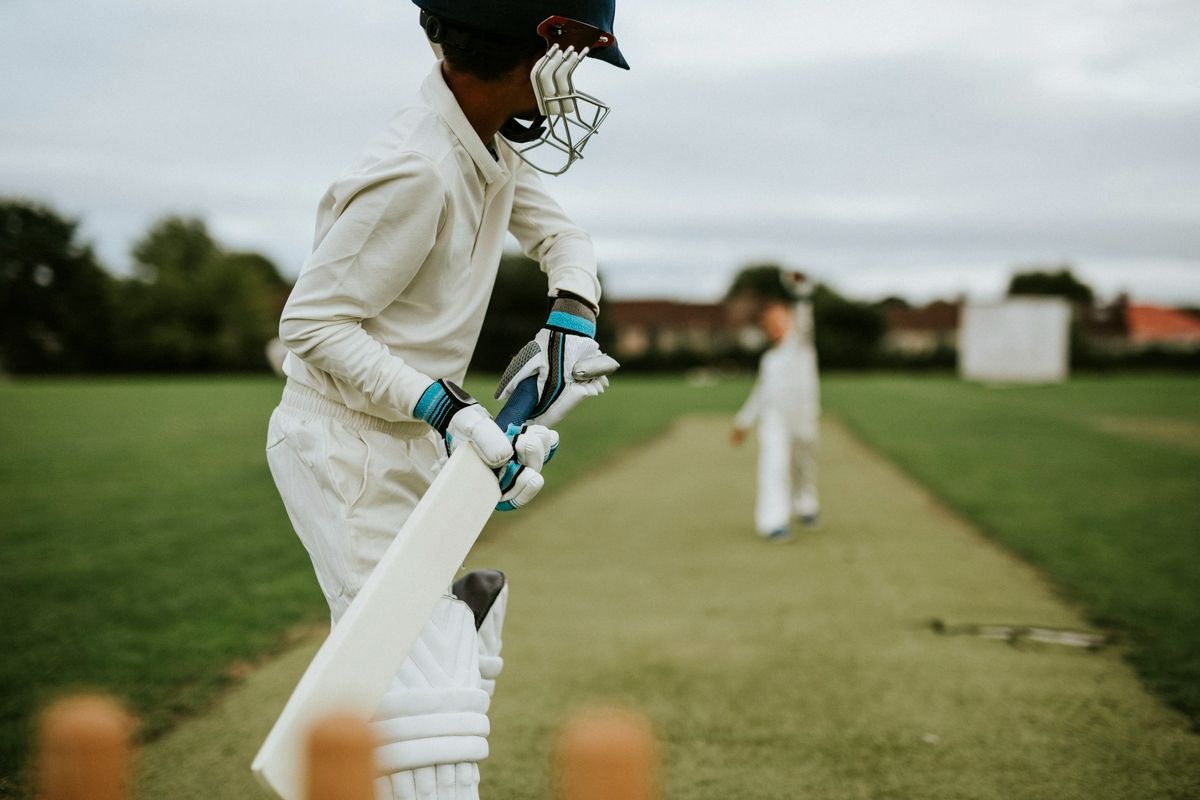in Youngsters & Train, Damage Prevention, Energy & Conditioning by Train Proper
Collaborating in cricket at a younger age is a well-recognized path for a lot of children rising up in Australia. But as our youngsters transfer into their teenage years, there’s a stark drop off within the development into sub-elite or elite groups. One of many essential causes for this dropout fee is harm. So, what are the most typical accidents we see in younger cricketers, what will increase the chance of accidents and what can we do to forestall them?
Frequent accidents in youth cricket
The commonest cricket accidents we typically see are hamstring strains, adopted by rotator cuff accidents, medial meniscus tears, ankle sprains and extra severely lumbar stress fractures. Whereas the incidence of harm in youth cricket is comparatively related, the prevalence of accidents has elevated on account of current modifications in recreation format. These modifications embrace elevated quantity of cricket performed and diminished relaxation between video games. We see most cricket-specific accidents in bowlers (45%), adopted by fielders (30%) and wicket keepers (25%).
WHAT INCREASES THE RISK OF INJURY IN CRICKET?
There are quite a few elements which can result in the rise of cricket harm in Australia. Adolescents are extra vulnerable to harm for a number of causes. These embrace asymmetries in muscular energy and suppleness, uncoordinated motion patterns on account of a scarcity of muscle management and sudden workload modifications. To be able to scale back the chance of harm from any of those elements, the preliminary step requires enough programming to switch the cricketer’s conditioning degree.
Though there are totally different methods of delivering a ball, the harm charges stay related between every model. Regardless of this, there are options that will contribute to decrease again harm charges in cricket bowlers. These embrace uneven and diminished power output within the delivering arm’s shoulder and diminished or inhibited energy era of the quadriceps on the non-dominant leg. A participant’s diminished ankle dorsiflexion and hamstring flexibility and suboptimal single leg stability also can enhance the chance of decrease limb harm occurrences.
Getting the correct amount of relaxation and restoration is important too. Analysis reveals that in sub-elite cricketers, lower than two, or greater than 5 days between bowling periods will increase harm danger by 4.5 instances.

HOW TO PREVENT INJURY IN ADOLESCENTS
Stopping harm earlier than it happens is the important thing. To achieve the heights of potential, our youth cricketers require enough conditioning. It’s the accountability of all gamers, coaches, and assist employees to combine thorough bodily assessments. It’s crucial to the succession of our cricketers onto the elite degree, to evaluate the gamers bodily traits and establish bodily asymmetries, thereby figuring out attainable harm danger earlier than it happens.
Once we know these traits, it’s then time to undertake an individualised coaching program to fulfill these wants. Even additional, these individualised coaching applications ought to look subtly totally different to the in-season coaching program.
Pre-season coaching ought to give attention to energy, practical capacity and stability coaching. This could progress to practical strengthening through the season. A structured heat up in pre-season ought to embrace proprioception, energy and technical expertise, while guaranteeing alignment and management is maintained to scale back ankle and knee accidents.
WHERE TO GET HELP
An Accredited Train Physiologist (AEP) might help to forestall harm main into the Cricket season. They’ll assess a participant’s bodily traits and establish bodily asymmetries, thereby figuring out attainable harm danger earlier than it happens. Because of this you’d have the ability to know precisely the musculoskeletal strengths and weaknesses of your athletes.
Essentially the most applicable checks for younger Cricketers are:
- Nordic Take a look at – Measuring hamstring energy
- Hip Adduction and Abduction Take a look at – Measuring groin energy
- Shoulder Inner/Exterior Rotation Take a look at – Measuring shoulder energy
- Single Leg Squat Take a look at – Measuring the flexibility to manage single leg motion
- Countermovement Bounce Take a look at – Measuring leap top and explosive energy
An train physiologist will use these checks to prescribe protected and efficient workouts to spice up efficiency and scale back harm danger.
To seek out an Accredited Train Physiologist close to you, click on right here.
READ MORE LIKE THIS,


